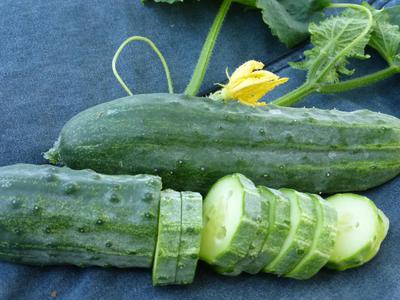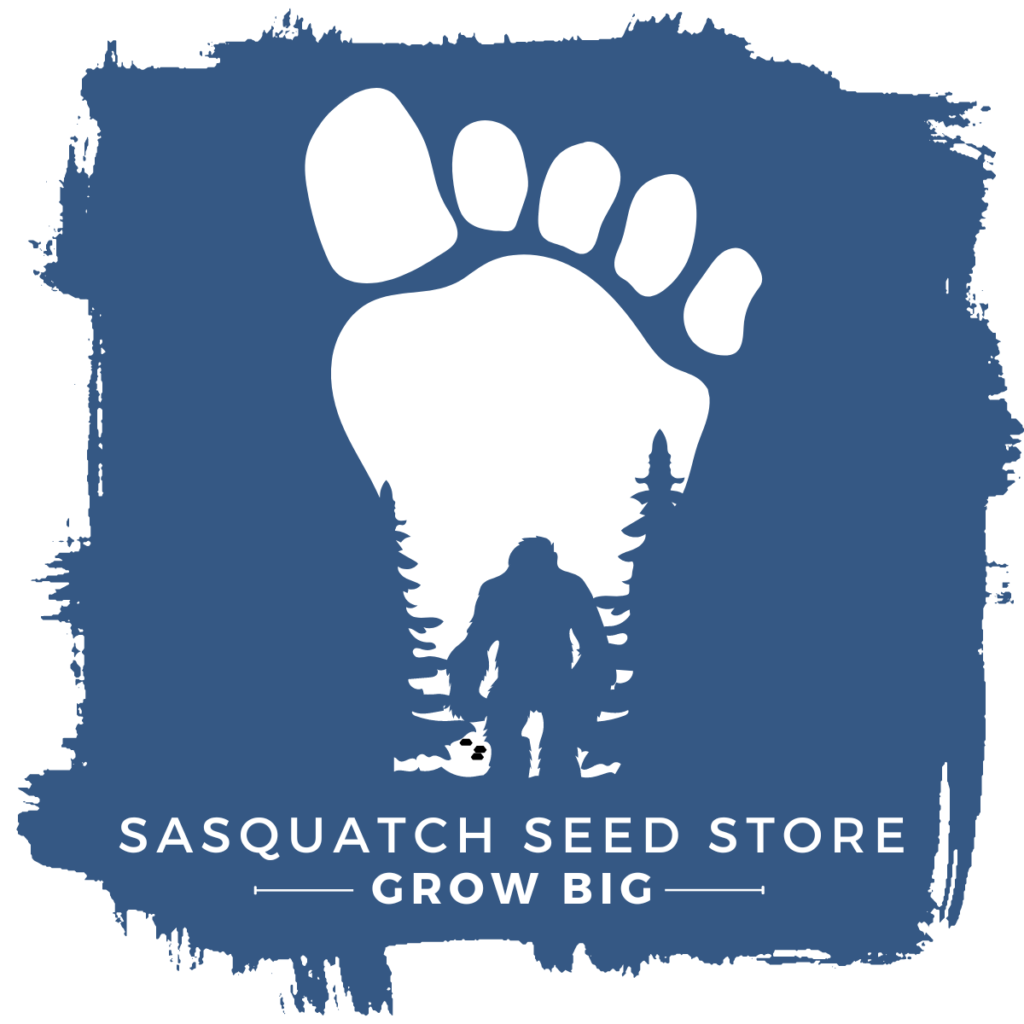Gardening in Zone 6

Gardening in zone 6 climate can be both rewarding and challenging. Located in the middle of the United States, zone 6 encompasses regions with average annual minimum temperatures ranging from -10 to 0 degrees Fahrenheit (-23.3 to -17.8 degrees Celsius). This means that gardeners in this zone must be mindful of frost dates and choose plants that are hardy enough to withstand cold temperatures.
Some popular vegetables to grow in zone 6 include tomatoes, peppers, cucumbers, and beans. These warm-season crops should be planted after the last frost date in the spring and harvested before the first frost in the fall. Cold-season vegetables like kale, spinach, and lettuce can also thrive in zone 6 and can be planted in the early spring or late summer for a fall harvest.
In addition to vegetables, many perennial flowers and shrubs can also flourish in zone 6. Popular options include coneflowers, daisies, black-eyed Susans, and lilacs. It’s important to choose plants that are appropriate for the amount of sunlight and soil conditions in your specific garden, and to provide proper care and maintenance throughout the growing season.
Overall, gardening in zone 6 can be a fun and rewarding experience for those who are willing to put in the effort to choose the right plants and provide proper care. With a little bit of planning and hard work, you can create a beautiful and productive garden that will thrive in this climate.
